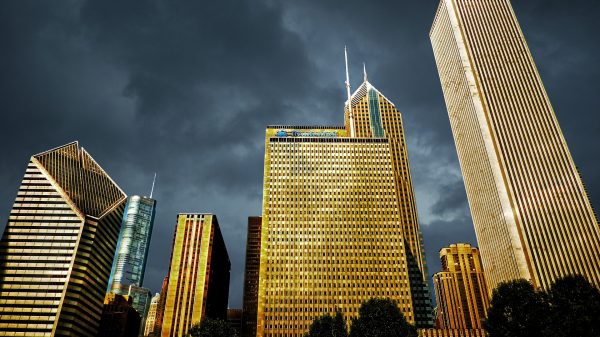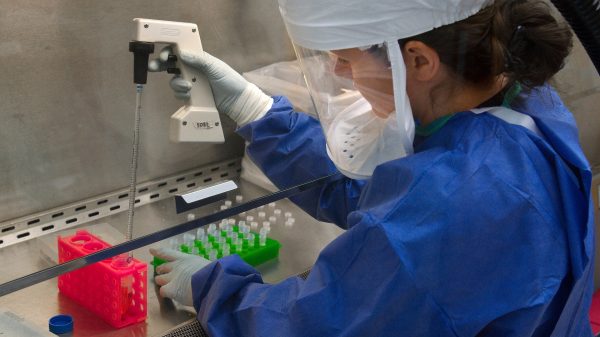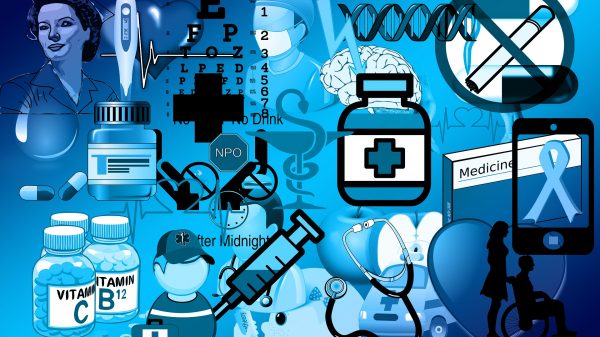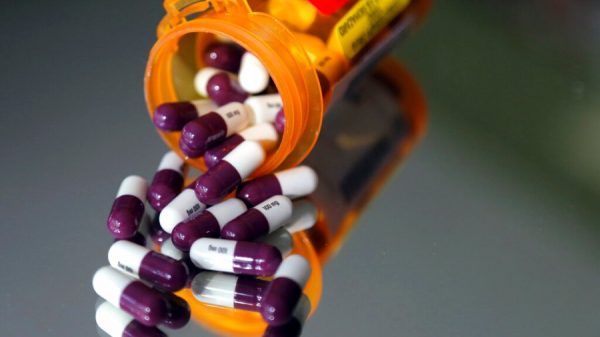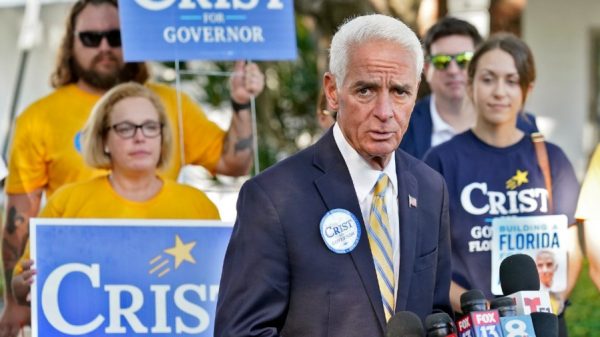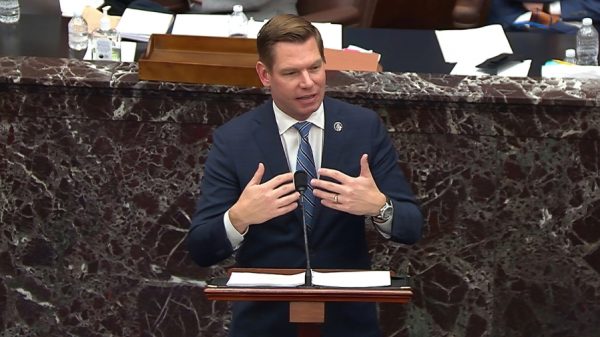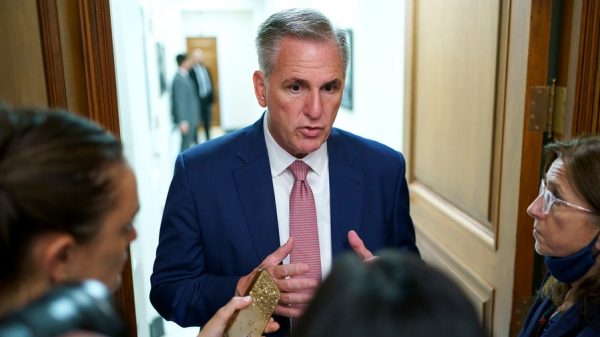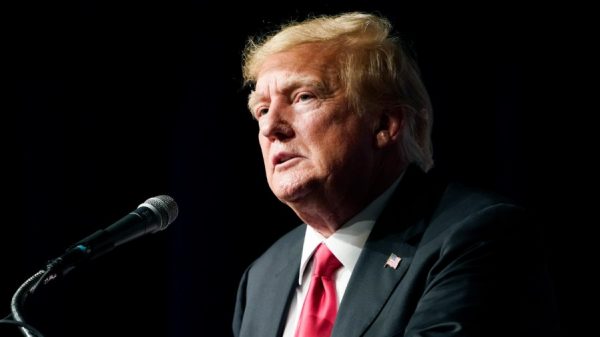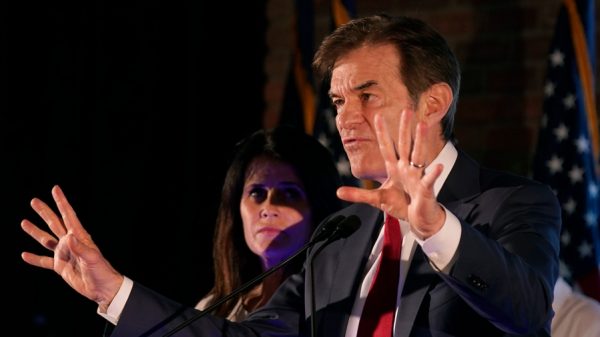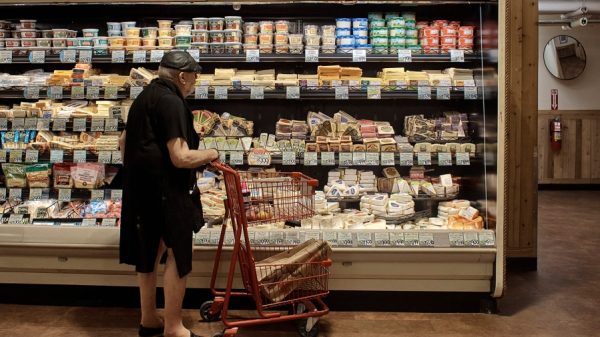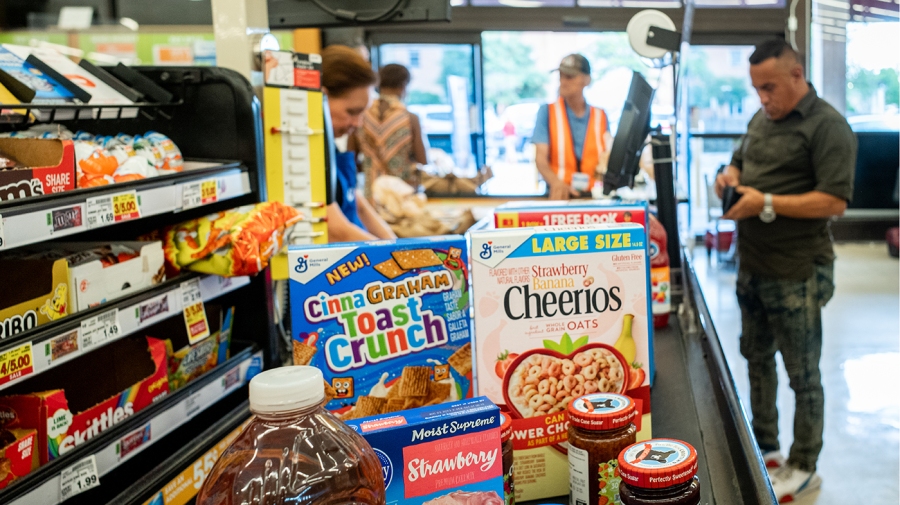Inflation didn’t rise between June and July according to new figures from the Labor Department’s consumer price index (CPI), the first numbers in some time that suggest rising prices may finally be at a turning point.
Prices aren’t actually going down.
In fact, the new figures, while unchanged from June, were 8.5 percent higher than they were a year ago. That’s still near a 40-year high, though it’s also a dip from the 9.1 percent increase that occurred from June of last year to June of this year, according to the CPI.
More importantly, core inflation, which doesn’t count price increases in the particularly volatile categories of energy and food, held constant at 5.9 percent annually and was only up 0.3 percent compared to last month.
That’s pretty much in line with the month-to-month changes in core inflation that happen under more “normal” economic circumstances when annual inflation is closer to 2 or 3 percent.
As a result, there’s a sense that the new numbers could be pointing to a change, even if there’s not enough information yet to be more hopeful.
“We are at a major turning point in terms of inflation,” said Brian Bethune, an economist at Boston College, who in an interview with The Hill called the figures a “good sign.”
“It’s one month. One month does not make a trend — you’re going to hear that a thousand times, but I also project that the inflation rate will moderate in August, because we’re seeing further declines in gasoline prices. So it’s looking like we’ve turned a corner,” he said.
There are reasons to be cautious.
Inflation had already taken three dips as it rose from zero percent at the height of the pandemic in March 2020 to more than 9 percent on an annual basis in June 2022.
During some of those dips, core inflation did reach 0.3 percent on a monthly basis, so the current drop is hardly a guarantee that rates are coming down over the long term.
But even those who have long sounded the alarm on inflation were sounding a positive note on Wednesday.
“Look, I think this was a pretty good number,” Larry Summers, the former Treasury secretary, said Wednesday on MSNBC. Summers took shots from fellow Democrats last year when he warned stimulus measures could lead to inflation.
“We knew gas prices were way down and that was going to have a large effect on headline [inflation]. The core number was a bit better than we expected, than people expected. That was largely driven by components like hotels, like airlines, like used cars that are volatile month-to-month, that are hard to seasonally adjust especially coming out of the pandemic, and that aren’t so easy to measure,” he said.
However, Summers cautioned that it would be a mistake for anyone to radically revise their view of the situation based on the July figures.
“This report is a lot like the report in March, which was followed by very discouraging reports afterwards, making the optimists from March look wrong,” he said.
Experts have made some bad predictions on inflation over the last year.
Federal Reserve Chairman Jerome Powell and Treasury Secretary Janet Yellen were both criticized for their initial characterization of inflation as “transitory.”
This view, which was widely repeated by economists, was rooted in the belief that prices had been rising because shutdowns in the global economy had temporarily misaligned supply and demand. Once the economy was reopened, they argued, supply and demand would quickly come back into sync with each other.
This proved not to be true.
The temporary shutdowns in production, compounded by a lot of stimulus and quantitative easing from the governments of advanced economies, resulted in deeper supply-side disruptions, including a surging demand for workers and logistical bottlenecks that prohibited the delivery of goods to consumers. With high demand and a sputtering supply side, inflation soared.
Gerald Epstein, an economist at the University of Massachusetts, said in an interview that there’s reason to think prices will remain high. He noted that workers were getting more power, which could lead to higher wages, and that this could help labor “recoup some of the lost wages over the last several decades.”
He also said the continued issues revolving around shutdowns in China related to the pandemic and the Russian war in Ukraine would act as pressures to keep prices high.
The Russian invasion of Ukraine has led to higher gas prices and food prices, while continued economic shutdowns due to the coronavirus pandemic have taken a toll on China’s economy while disrupting supply chains, raising prices.
But most economists are still sounding more optimistic about the current CPI despite the geopolitical headwinds.
“It does seem like these numbers show that inflation is starting to moderate,” Epstein said. “There are a number of forces that are lowering inflationary pressures, including the drop in oil prices and gasoline prices.”
“The fact that core inflation has held steady,” he added, “is encouraging, because it suggests that supply and labor costs are certainly not adding to inflation. Wages went up 5.2 percent on average in July, and that’s still well below the inflation rate of 8.5 percent. So there’s less of a cost-push pressure than there has been. On the other side of that coin, it also means that real wages have been continuing to fall for most workers.”



